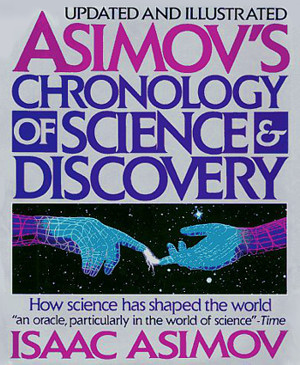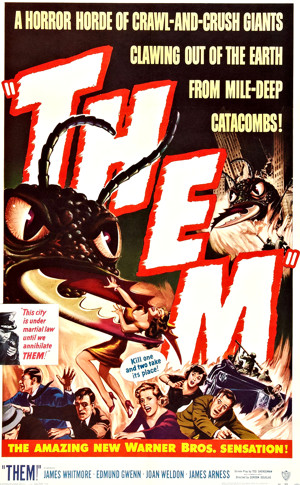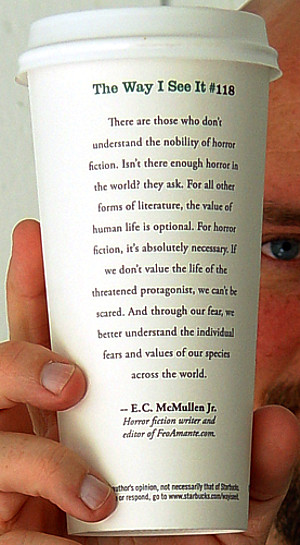THE BLINDING SPEED OFHUMAN PROGRESS |
||||||||
|
||||||||
THE BLINDING SPEED OF
"Is what I think I'm seeing the way it really is?" Read the article, WHY HAS HUMAN PROGRESS GROUND TO A HALT?, by Michael Hanlon which you can find at aeon.co. Got it? Okay. Do you agree with Michael or disagree? I disagree and this is why. In John Steinbeck's, THE GRAPES OF WRATH "Man, he lives in jerks and spurts." (Heh! Heh! But seriously!).
In both his TV series, THE ASCENT OF MAN There's something to that, which explains our social human eras: little constant achievements that sooner or later all randomly come together in a period of monumental burst of achievements, only to slow down again as all of those wild advances are then incorporated, adopted, adapted, (relatively) perfected, and built upon until disposed of or minimized when something comes along to replace them. Despite Michael Hanlon's referencing, "Feminism. Teenagers. The Green Revolution in agriculture. Decolonisation. Popular music. Mass aviation" and where it began (though honestly, it comes across to me like Search Engine keyword farming), it all had its seeds sewn long before 1945. It was in the late 1800s that learned, visionary authors like H.G. Wells were commenting that everything that could be invented, was invented (also, it's telling that there is another article in the sidebar headlined, How the Victorians invented the future for us). It seems to be a part of human nature that people will reach a point in their age where they will look back on their youth, or their father's youth, and think of the "Good Old Days". But is it true or romanticizing? Hanlon halt's at what he sees as humanity's last big push in 1971. While he pays lip service to it, he doesn't really give the credit due such a watershed moment as networked computers (as opposed to archaic mainframes), and the Internet, combining a spacecraft solution of satellite communication and GPS into a symphony of all of our previously disparate technologies, coelesced into a mobile handheld object easily accessible from virtually everywhere on the earth, yet more powerful than any computer a scant 20 years earlier. And Michael should give that credit, because that's an extraordinary achievement in an extraordinarily brief period of time (even on a human scale), that both combines and engages the sum total of all human knowledge past and current (regardless of whether you choose to access it or stupidly chortle at home movies of cats). This watershed moment in history is no less than the movable type of the Gutenberg press and is being adapted to all human culture across the globe at a far faster rate than any previous technology that ever existed. More Scientific breakthroughs/advancements have occurred in the last 20 years since 1994, than in all previous years of human existence combined. You have only to watch a movie or TV show, or read a book pre-2000 to understand how radically our lives have changed. Our lives are already changing so radically, due to this burgeoning technological advancement, that by 2020 (only 5 more years, folks!), we will look upon 2015 (only next year, folks!) as "Quaint". "technology isn't grinding to a halt, but advancing faster than ever before" This isn't just an arbitrary personal opinion. Take, for example, the following which begins 16 years after 1971. We're going to look at a paper thin narrow slice of all the technology that has grown in that brief amount of time. In 1987, a business commercial 300mb hard drive took up the space of two washing machines stacked on top of one another. The best of these, the Data General Eclipse 3300s, were about 7 feet high, 2 feet wide and 3 feet deep. It required 32 Kb main memory to run it. 300mb on a hard drive in 2014 for mere home use? Thumb drives are only large in order to be easily held, carried, and found. The actual memory area inside a 128 gigabyte microdrive, is slightly smaller in total area than the fingernail surface on an average newborn human baby's pinky finger (or 1cm square). 128gb = 129,072mb. Divided into 300mb squares, that 1cm would fit 218.453333 (rounded) parcels on its surface. You would need a microscope to map out only 300mb of it. We are talking tens of thousands of times of advancement in hard drive technology alone in only 26 years. Or, if money was no object for you in 1987 and you didn't want to buy two Lamborghinis, you could buy the latest greatest multi-platter IBM 3300. You could fit 1 gigabyte of total memory in only one washing machine!
Now consider the rate of advancement from 1961 to 1987. Note how much faster we advanced in the previous 26 years, than the 26 before that. I'm not even talking about inkjet printed Human Tissue Organs created from your own DNA in a matter of days that can be transplanted without rejection drugs in a 2 hour outpatient procedure. We have that now, by the way, and the human testing has begun. The SciFi trope of artificial organs is passe. Expect your inkjet printed organs sold in shopping malls (only because you can't do it at home online) like LASIK by 2020. Or, maybe a Rent-A-Mobile robot surgeon delivered to your home (surgery guided via Internet from a surgeon back at the hospital), by 2022. Then be ready for massive hospitals vanishing from the landscape faster than video rental stores. But for now let's just stick with hard drives. You can fit an average of 14,834 uncompressed songs on a single 128gb iPod. The average 33rpm album contained 8 to 10 songs recorded in hi-fi stereo analogue. The 128gb iPod is roughly equal to about 1,482 albums, give or take: roughly the entire musical inventory of the average Wherehouse Records box store in 1980 (once touted itself in some ads as having over 80,000 items with over 1,000 original albums to choose from), not including duplicate copies. 1 128gb iPod. About the size of a pack of Tic-Tacs. It took 51 years for single disc hard drives to reach 1 terabyte, which took place in 2007. 2 terabytes were reached in 2009, and THAT took only one year, 2010, to double the 2 terabyte figure. The only two reasons that figure has held until now is because Now bear in mind, I'm not talking about the advance of all technologies (I guess that would take up a few books at a few thousand pages each). I'm only talking about a microcosm of technological advance that contributes to a massive entirety (as memory is an integral part of all archival libraries - repositories containing the total sum of human knowledge - and mobile computing). So it is not fantastic to presume that in another 26 years, by 2040, technology will advance at a pace at least 8 times faster than the previous 26. My point, which is vastly different from Michael Hanlon's, is that technology isn't grinding to a halt, but growing faster than ever before. So fast, in fact, that we may be nearing a moment where we cannot keep up with it all and people in their masses become blind to an ever greater amount of it, simply because the speed of advancement and the breadth of advancement are too staggering to comprehend. This may, in fact, be happening to some of us already. For example, do you use the Internet to keep up with science and human advances, or to keep up with bickering and adorable kittens? UPDATE: 2024 - It's 10 years later and as of Jan. 1, 2024, technology advanced at a pace of slightly over 10 times faster than the previous 26. I apparently lowballed my 2014 assessment. Hat tip to Kelly Parks who turned me onto the original article and adds, "Excellent point, Feo Amante. Now that I'm thinking about it, the awesome TV series, "Connections" came to a similar conclusion." Analog Magazine's "Science Curmudgeon", Jeffery D. Kooistra, adds. "We are on the cusp of a technological explosion due to nanofabrication and 3D printing, among other things. One of the reasons why people don't see progress is because much of it is literally hidden. Open up a tv from the 1950s and examine the guts. Then do the same for any flatscreen. It would require a building full of electronics to do in the 50s what we do today on a tiny little board of electronic stuff, if it could be done at all."
This article copyright 2014 E.C.McMullen Jr.
E.C. McMullen Jr. is the creator of Feo Amante's Horror Thriller, with work published by Easy Rider Magazine, Charles Scribner's Sons, Harker Press, Crystal Lake Publishing, and Feo Studios. |
||||||||||||||||||||
| FEO'S BRAGGADOCIO | ||||||||
INTERVIEWS Matt Jarbo's interview with Feo Amante at The Zurvivalist. James Cheetham's Q&A with Feo Amante at Unconventional Interviews *. Megan Scudellari interviews Feo Amante and Kelly Parks (of THE SCIENCE MOMENT) in The Scientist Magazine. Check out our interview at The-Scientist.com. REFERENCES Researcher David Waldron, references my review of UNDERWORLD in the Spring 2005, Journal of Religion and Popular Culture entry, Role-Playing Games and the Christian Right: Community Formation in Response to a Moral Panic (downloadable pdf). E.C. McMullen Jr.
*Linked to archive.org |
NEWS? |
FAIR USE - |

 B
B In his book,
In his book, 






